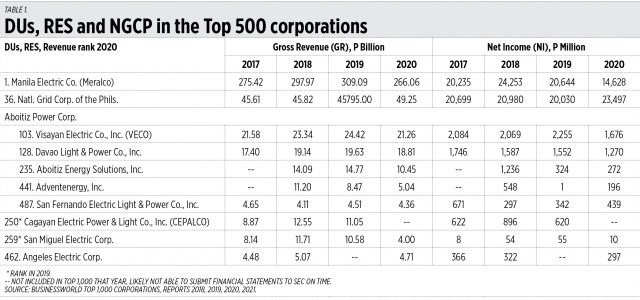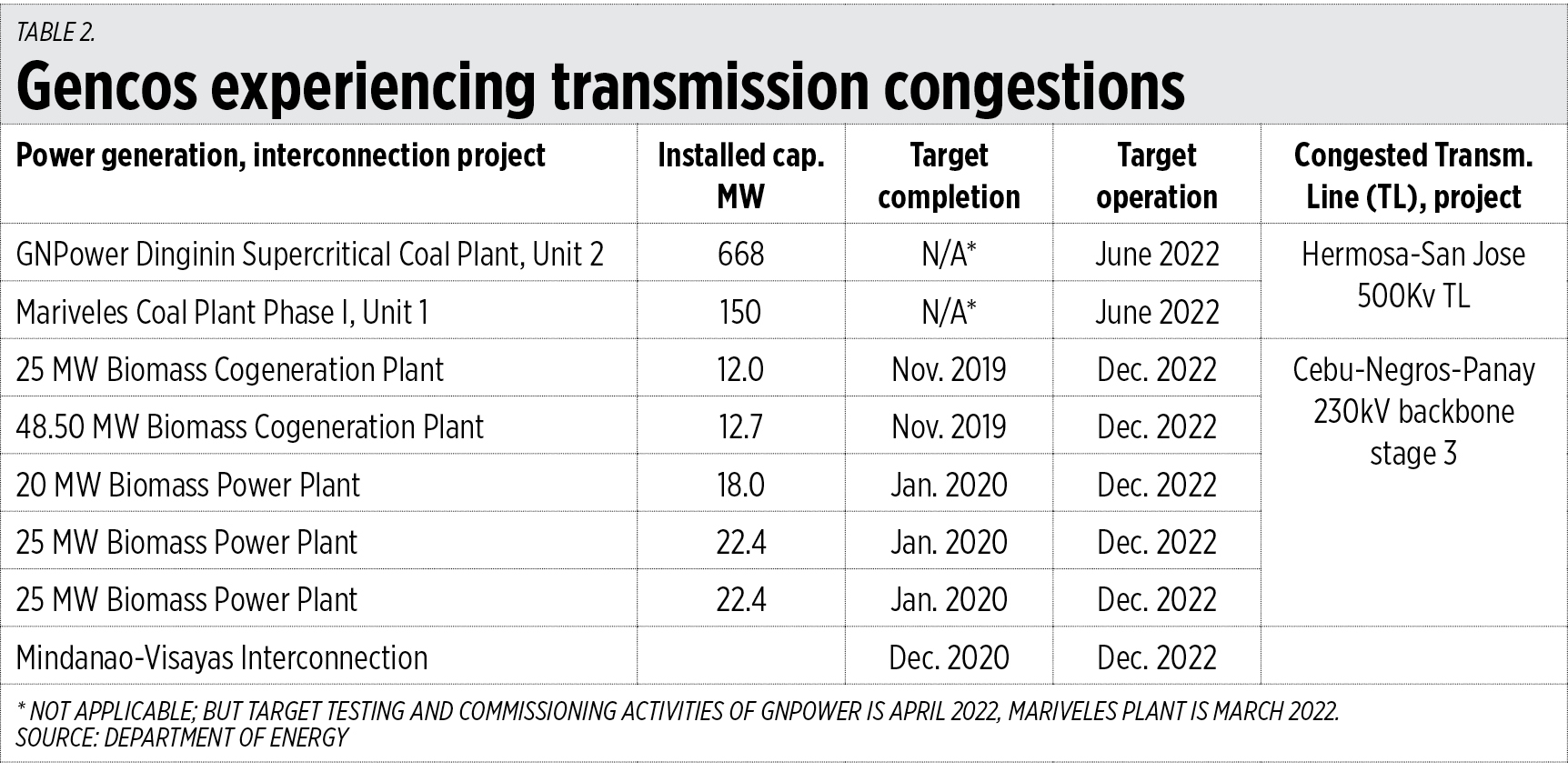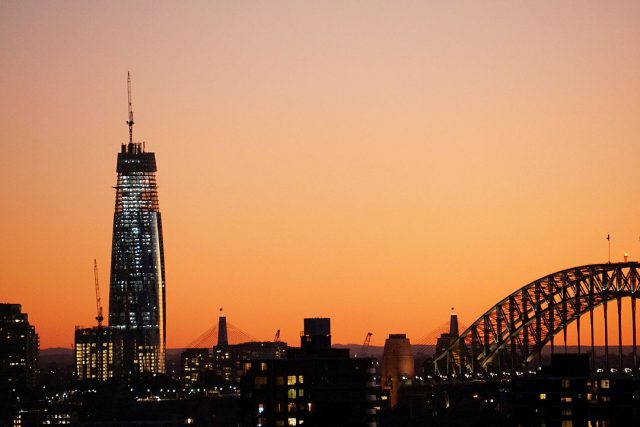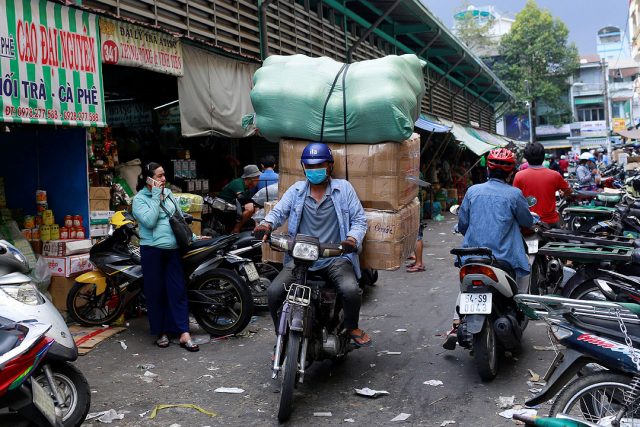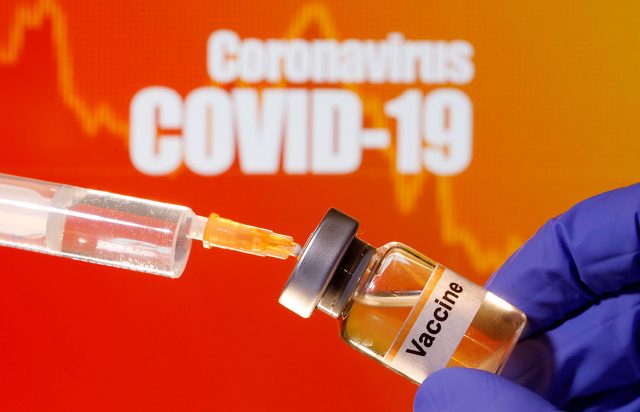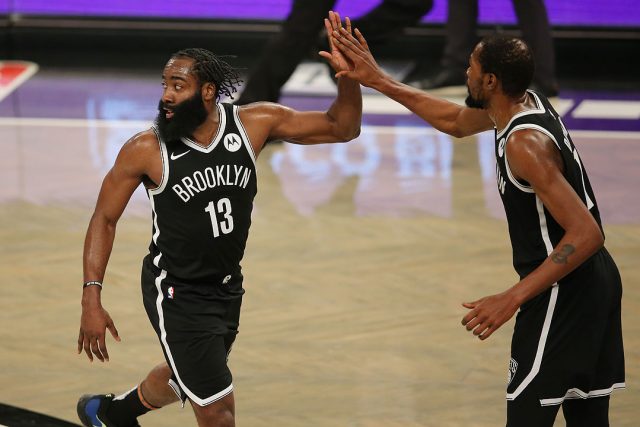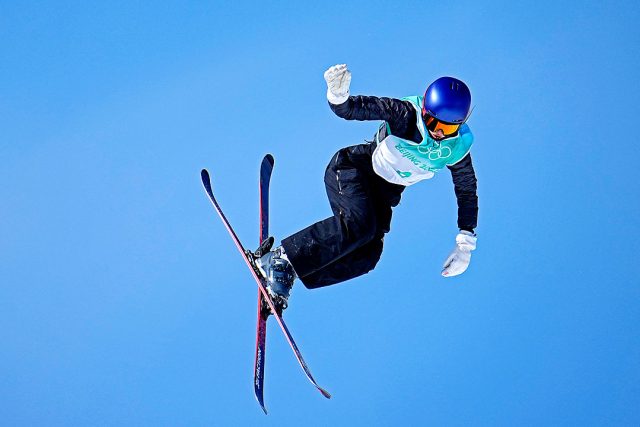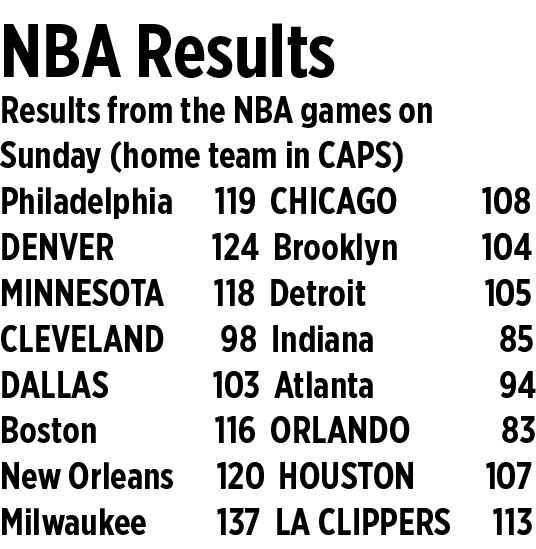Protecting the Overseas Filipino right to vote
National elections for Filipino voters based in the Philippines is set for Monday, May 9. Currently, campaigns are in full swing, with both candidates and voters navigating the online and/or socially distanced environment which is a huge departure from the usual big crowds, handshakes, and door to door visits. In other parts of the world, Overseas Filipinos prepare for the same vote (minus the vote for local positions) in a voting period that begins on April 10 and ends on May 9, which allows for many of our more mobile kababayans (countrymen) to get to an embassy or consulate to vote or receive and mail in their ballot when this is possible.
The longer voting period and the option for postal voting may not necessarily mean an easier time at the polls. The pandemic context varies greatly across the territories where our Overseas Filipinos live and work. Some may be hindered not just by additional COVID related measures but also by cultural and geographic limitations.
Of course, the larger question is what the overseas voter might be looking for in terms of better governance for Filipinos based overseas. In 2016, the Center for Migrant Advocacy and the Working Group on Migration of the Political Science Department of Ateneo de Manila University produced a migrant agenda — the OFWS Agenda for the 2016 presidential elections. The migrant agenda was borne out of a series of consultations with OFWs (overseas Filipino workers) and aimed to inform and guide the voters in general and the OF (Overseas Filipino) voters, as well as the candidates, particularly for national positions, of the aspirations and concrete recommendations to improve the rights and welfare of OFs, OFWs as well as their families in the country and abroad.
In 2016, it revolves around four themes with an accompanying situationer and rationale as well as desired improvements and specific proposals:
O: Overseas Foreign Service posts become “institutions of care”
F: Families of OFWs are provided social and psychological safety nets
W: Workers’ rights are treated as human rights
S: Sustainable jobs are created back home
Late last year, the same group (with support from FES) revisited its OFWS agenda with migrant workers groups and reflected on what an OFW agenda might need, in addition to the issues raised in 2016. A more nuanced understanding of the OFWS agenda arose out of these discussions with stakeholders noting that:
• Philippine government, members, regardless of focus and location must have knowledge of the plight of Filipinos abroad
• Mechanisms for monitoring of the wellbeing of families of OFWs are very much needed, especially in the context of this pandemic
• Pre-departure information, as well as timely information abroad, when done well, can be an integral part of protection of overseas workers’ rights
• More pathways towards return reintegration should be created and sustained
When it comes to choosing candidates who truly support the OFWS agenda, these candidates must be knowledgeable about the facts and realities of the life of the Filipino overseas to truly care about their plight. Good policy and good institutions begin with a clear understanding of these realities. A closer look at publicly available debates and pronouncements by national candidates will bring to light which of them are truly present and truly equipped to respond to the needs of Overseas Filipinos.
Finally, we must continue to watch the electoral process, including the requirements to run the OFW vote. This means fully capacitating the government agencies with the proper budget to run the almost one-month OFW voting period, and all the requirements (including postal voting) that go with it. To illustrate, for this election, COMELEC requested P510 million for implementation of overseas voting; they were given only P111,192,000 (only 21.8%) even though COMELEC spending was on track in 2019. In contrast to the budget allotted for the right of Overseas Filipinos to vote, Overseas Filipino personal remittances reached record highs in 2019 at $33.5 billion and despite the pandemic was at $31.59 billion in late 2021.
Without this first step done right, we run the risk of disenfranchising the OFW sector, which has contributed much through continued remittances even during the most difficult times in the pandemic.
Dr. Maria Elissa Jayme Lao is an assistant professor of the Ateneo Department of Political Science with a Masters in International Studies (MIS) from the University of the Philippines-Diliman. She earned her doctor of Public Administration from the National College of Public Administration and Governance, UP Diliman. Her research interests are in International Relations, Electoral Politics, Political Parties, Philippine Foreign Policy, and Migration.


